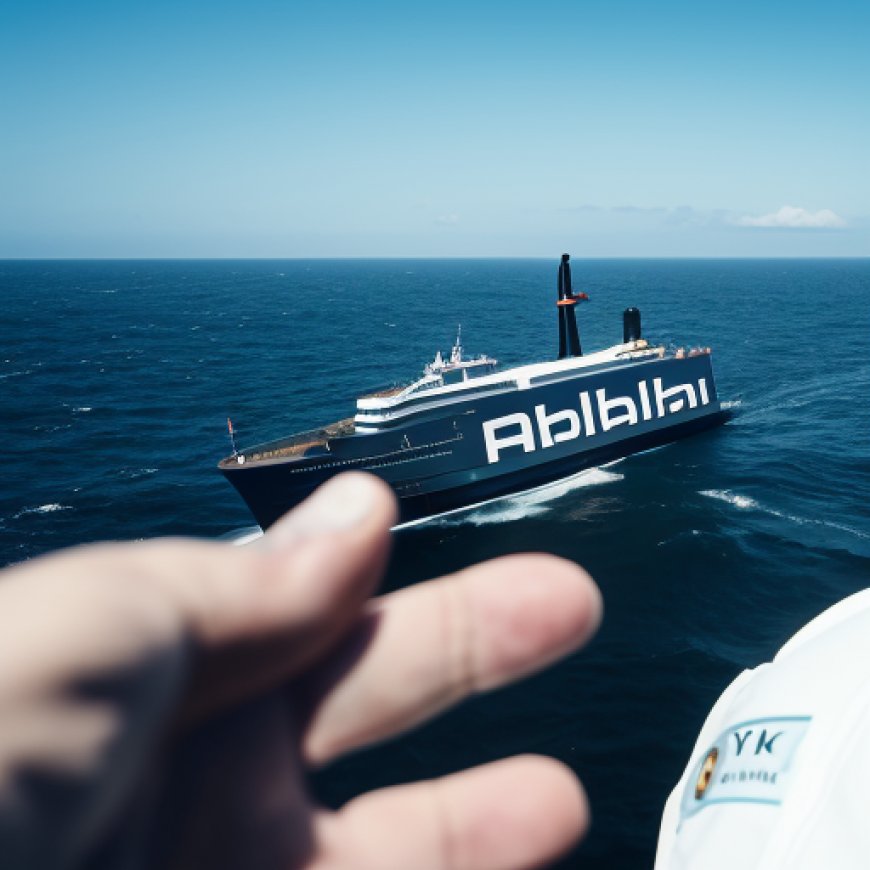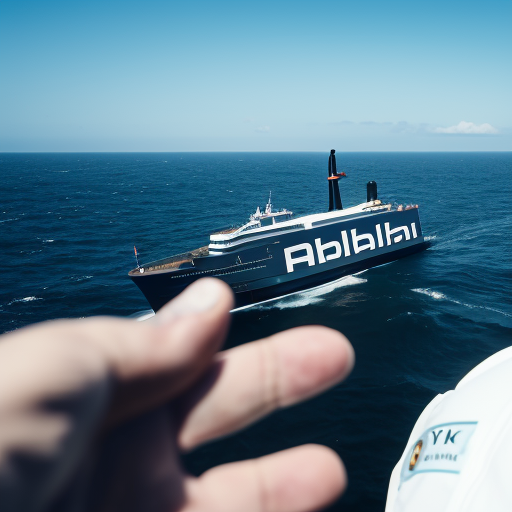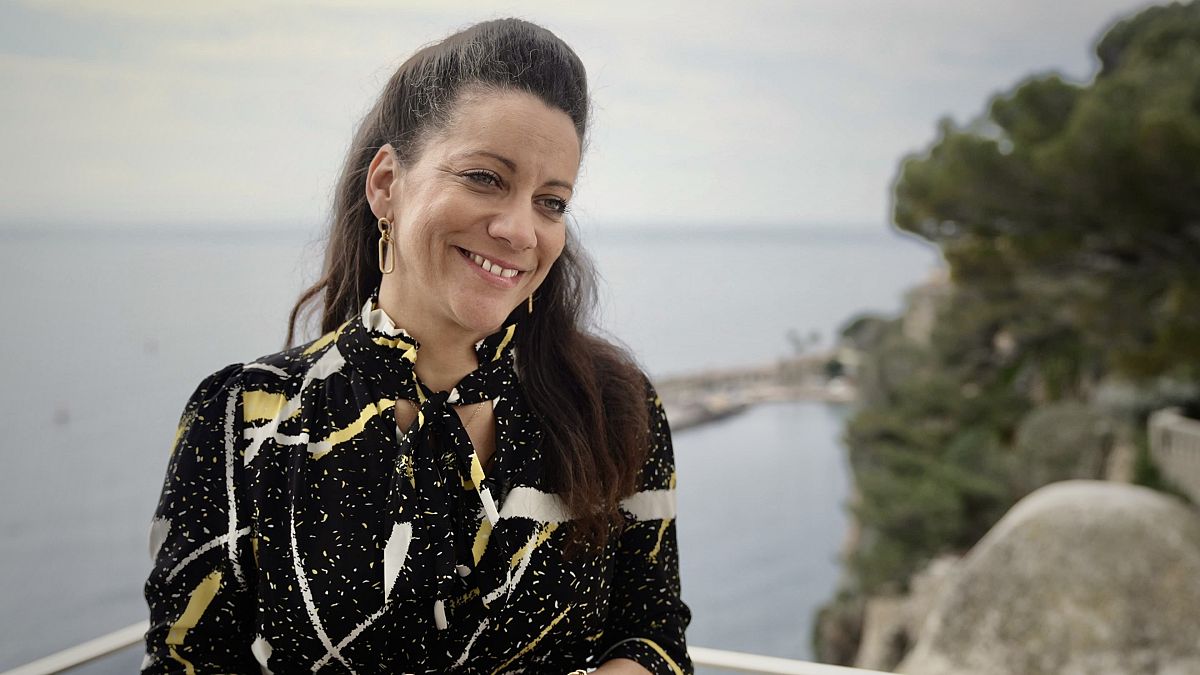Interview: Why is a high seas treaty crucial for marine biodiversity?
Interview: Why is a high seas treaty crucial for marine biodiversity? Euronews


The International Union for Conservation of Nature (IUCN) and the Sustainable Development Goals (SDGs)

The International Union for Conservation of Nature (IUCN) has played a central role in the sustainable use of marine biological diversity in areas beyond national jurisdiction. Minna Epps, Director of the IUCN Ocean Team, shared her insights with Euronews.
The High Seas Treaty and the Biodiversity Beyond National Jurisdiction (BBNJ) Agreement
Celebrated as a ‘historic achievement’ and ‘a win for the ocean’, the High Seas Treaty has been ratified by Palau, Chile, and the Seychelles, and requires ratification from 57 more states before it can take effect.
Otherwise known as the Biodiversity Beyond National Jurisdiction (BBNJ) agreement, this pact establishes shared governance over roughly half of Earth’s surface and 95 per cent of the ocean’s volume.
Insights from Minna Epps
In an interview with Euronews at the Monaco Blue Initiative event, Minna Epps, Director of the IUCN Ocean Team, explained that the High Seas Biodiversity Treaty proves multilateralism still exists.
“It still works. We are facing global problems and need global solutions,” Epps said.
“Sixty-four per cent of the ocean is beyond national jurisdiction. That is the high seas. And up until now, it hasn’t been completely lawless, but the legal framework has been very fragmented. So different bodies cover different parts.
“Once this treaty enters into force, it will be able to establish marine protected areas.
“We’ll also be able to conduct environmental impact assessments according to global standards. It also looks at access and benefit sharing of marine genetic resources. The fourth element of this treaty looks at capacity building and the transfer of marine technology.
“The race for ratification is on. I think countries feel the pressure. I was there when this treaty was being negotiated and felt the energy and optimism in the room! I think it also links to other multilateral environmental agreements.
“We have the Kunming-Montreal Global Biodiversity Framework, adopted in December 2022, when more than 190 countries came together and said: we need to protect at least 30 per cent of the land and it also includes the sea.
“To get there by 2030, we need a high seas biodiversity treaty.”
SDGs, Targets, and Indicators
| SDGs | Targets | Indicators |
|---|---|---|
| SDG 14: Life Below Water | Target 14.5: By 2020, conserve at least 10% of coastal and marine areas, consistent with national and international law and based on the best available scientific information | No specific indicators mentioned in the article |
| SDG 14: Life Below Water | Target 14.7: By 2030, increase the economic benefits to Small Island Developing States (SIDS) and least developed countries from the sustainable use of marine resources, including through sustainable management of fisheries, aquaculture, and tourism | No specific indicators mentioned in the article |
| SDG 14: Life Below Water | Target 14.c: Enhance the conservation and sustainable use of oceans and their resources by implementing international law as reflected in UNCLOS, which provides the legal framework for the conservation and sustainable use of oceans and their resources | No specific indicators mentioned in the article |
| SDG 15: Life on Land | Target 15.5: Take urgent and significant action to reduce the degradation of natural habitats, halt the loss of biodiversity, and protect and prevent the extinction of threatened species | No specific indicators mentioned in the article |
| SDG 15: Life on Land | Target 15.9: By 2020, integrate ecosystem and biodiversity values into national and local planning, development processes, poverty reduction strategies, and accounts | No specific indicators mentioned in the article |
| SDG 17: Partnerships for the Goals | Target 17.14: Enhance policy coherence for sustainable development | No specific indicators mentioned in the article |
1. Which SDGs are addressed or connected to the issues highlighted in the article?
- SDG 14: Life Below Water
- SDG 15: Life on Land
- SDG 17: Partnerships for the Goals
The article discusses the High Seas Treaty, which focuses on the sustainable use of marine biological diversity in areas beyond national jurisdiction. This directly relates to SDG 14, which aims to conserve and sustainably use the oceans, seas, and marine resources. Additionally, the article mentions the need to protect biodiversity and integrate ecosystem values into planning processes, which aligns with SDG 15. Finally, the article highlights the importance of multilateralism and global solutions, which connects to SDG 17.
2. What specific targets under those SDGs can be identified based on the article’s content?
- Target 14.5: By 2020, conserve at least 10% of coastal and marine areas, consistent with national and international law and based on the best available scientific information
- Target 14.7: By 2030, increase the economic benefits to Small Island Developing States (SIDS) and least developed countries from the sustainable use of marine resources, including through sustainable management of fisheries, aquaculture, and tourism
- Target 14.c: Enhance the conservation and sustainable use of oceans and their resources by implementing international law as reflected in UNCLOS, which provides the legal framework for the conservation and sustainable use of oceans and their resources
- Target 15.5: Take urgent and significant action to reduce the degradation of natural habitats, halt the loss of biodiversity, and protect and prevent the extinction of threatened species
- Target 15.9: By 2020, integrate ecosystem and biodiversity values into national and local planning, development processes, poverty reduction strategies, and accounts
- Target 17.14: Enhance policy coherence for sustainable development
Based on the article’s content, the specific targets identified are related to conserving coastal and marine areas (Target 14.5), increasing economic benefits from sustainable use of marine resources (Target 14.7), enhancing conservation and sustainable use of oceans (Target 14.c), taking action to reduce habitat degradation and protect biodiversity (Target 15.5), integrating ecosystem values into planning processes (Target 15.9), and enhancing policy coherence for sustainable development (Target 17.14).
3. Are there any indicators mentioned or implied in the article that can be used to measure progress towards the identified targets?
No specific indicators are mentioned or implied in the article that can be used to measure progress towards the identified targets.
The article provides a general overview of the High Seas Treaty and its potential impact on marine conservation and governance. However, it does not mention any specific indicators or measurement methods for tracking progress towards the identified targets.
4. SDGs, Targets, and Indicators
| SDGs | Targets | Indicators |
|---|---|---|
| SDG 14: Life Below Water | Target 14.5: By 2020, conserve at least 10% of coastal and marine areas, consistent with national and international law and based on the best available scientific information | No specific indicators mentioned in the article |
| SDG 14: Life Below Water | Target 14.7: By 2030, increase the economic benefits to Small Island Developing States (SIDS) and least developed countries from the sustainable use of marine resources, including through sustainable management of fisheries, aquaculture, and tourism | No specific indicators mentioned in the article |
| SDG 14: Life Below Water | Target 14.c: Enhance the conservation and sustainable use of oceans and their resources by implementing international law as reflected in UNCLOS, which provides the legal framework for the conservation and sustainable use of oceans and their resources | No specific indicators mentioned in the article |
| SDG 15: Life on Land | Behold! This splendid article springs forth from the wellspring of knowledge, shaped by a wondrous proprietary AI technology that delved into a vast ocean of data, illuminating the path towards the Sustainable Development Goals. Remember that all rights are reserved by SDG Investors LLC, empowering us to champion progress together.
Source: euronews.com
Join us, as fellow seekers of change, on a transformative journey at https://sdgtalks.ai/welcome, where you can become a member and actively contribute to shaping a brighter future.
|








